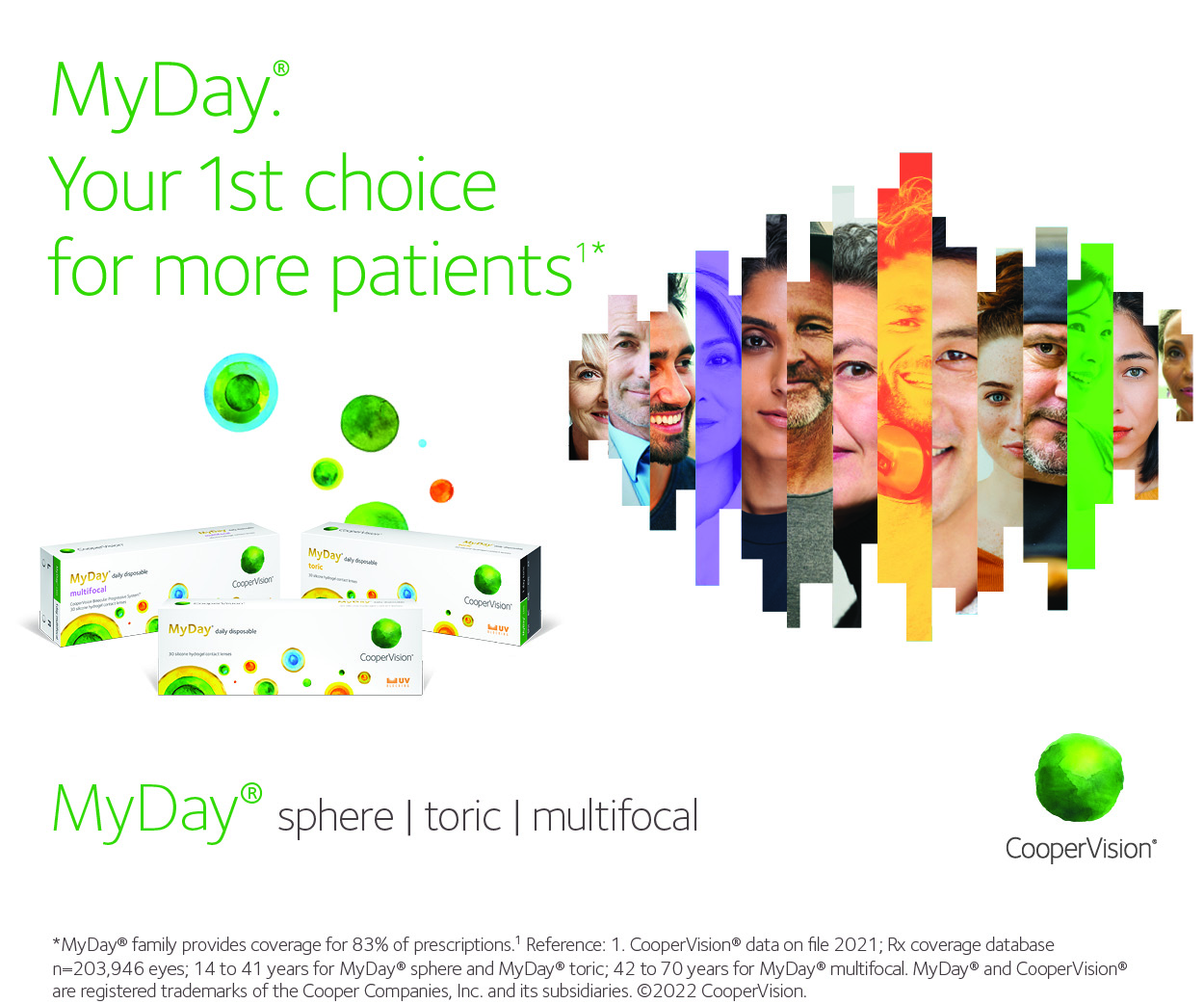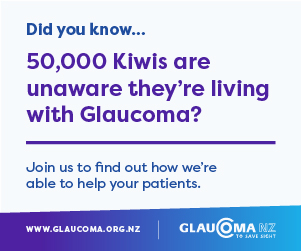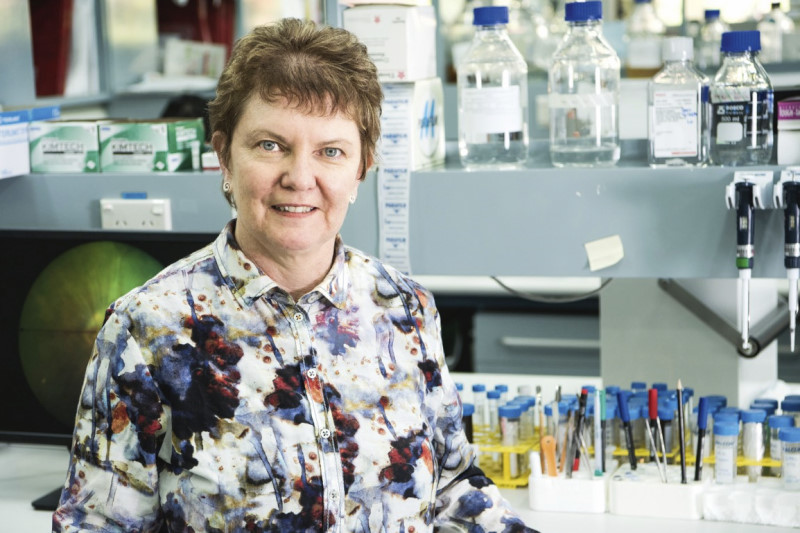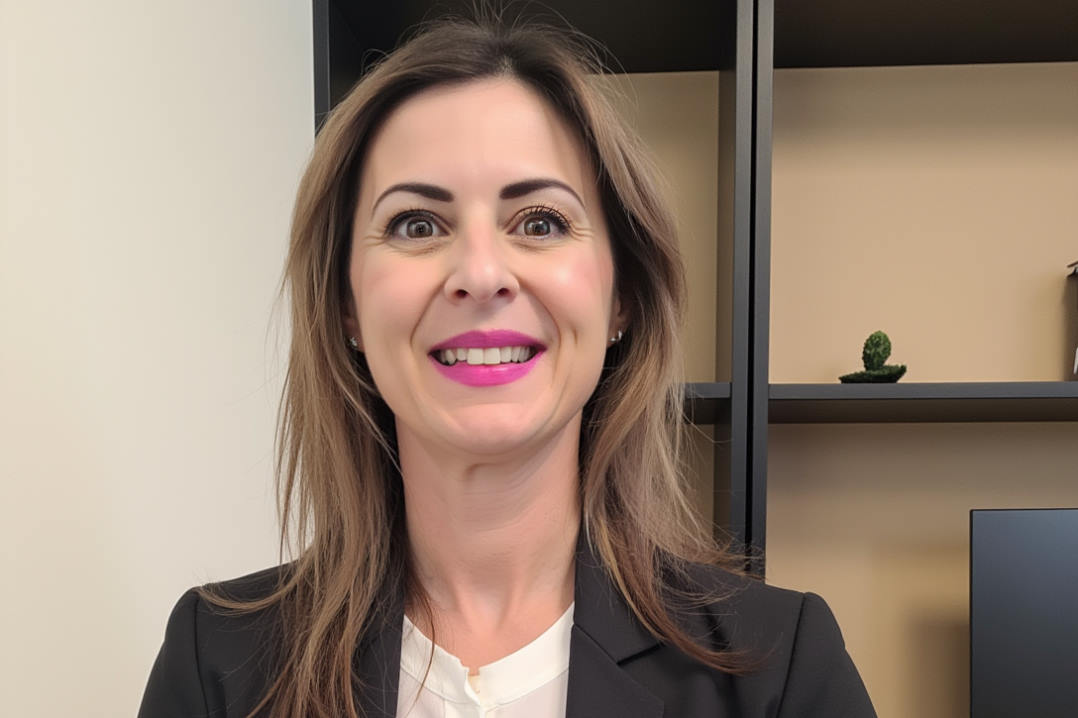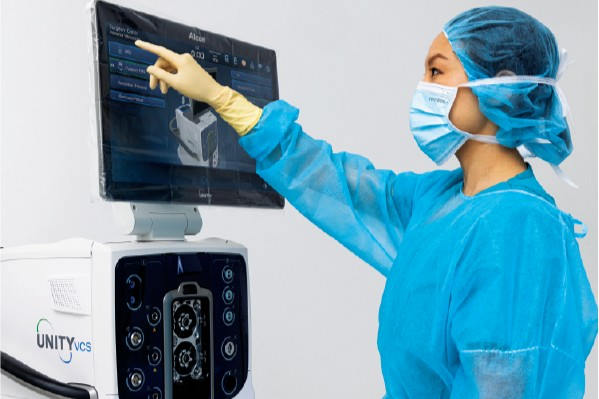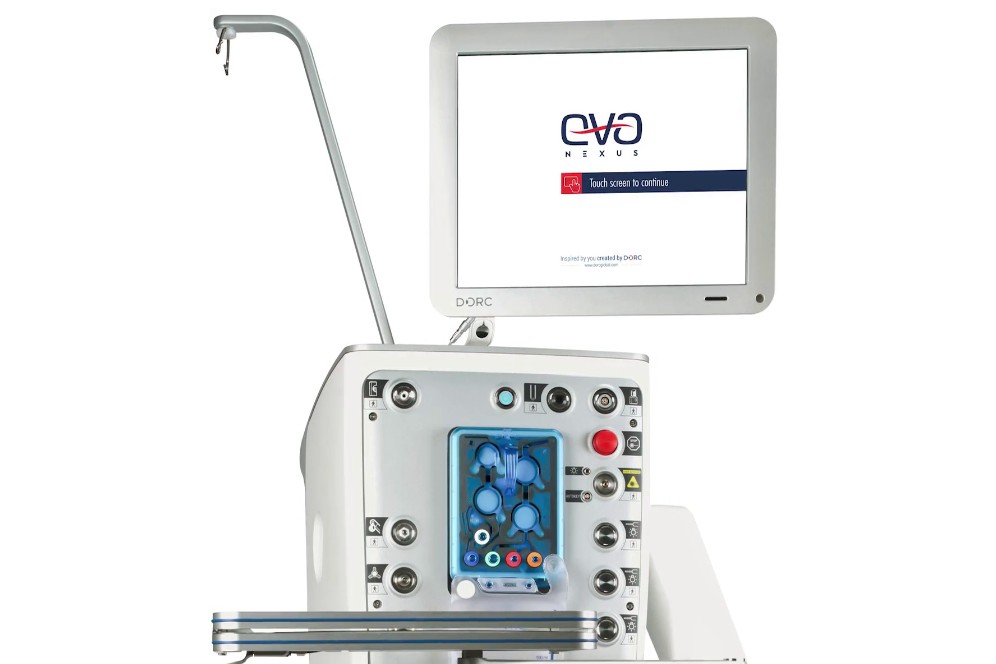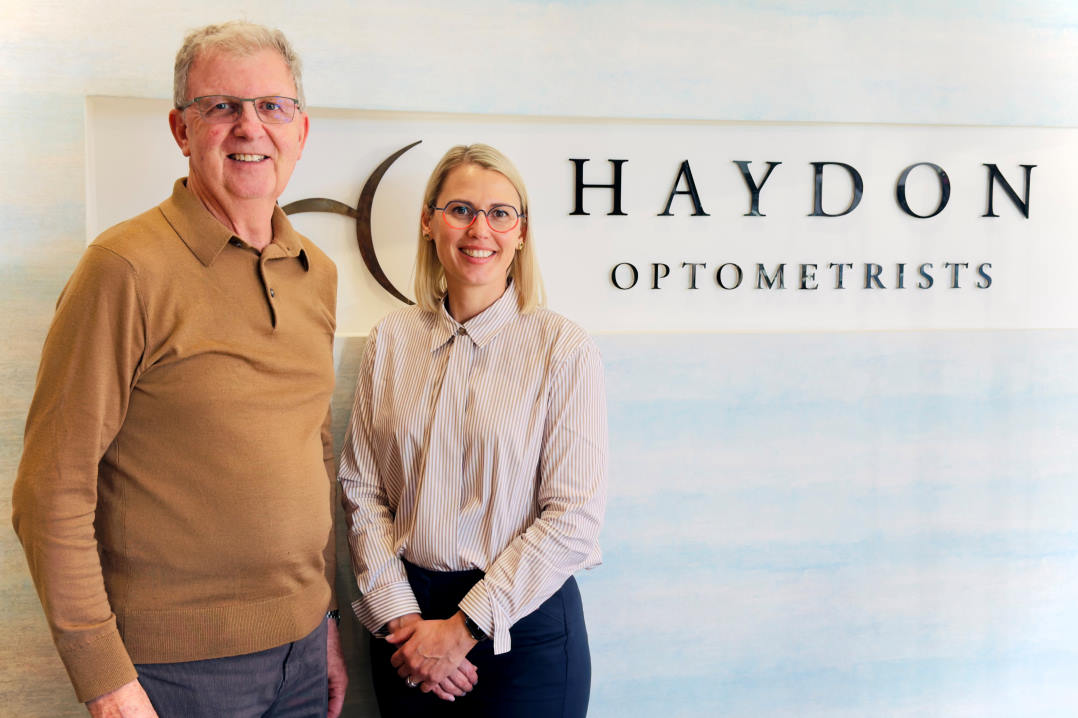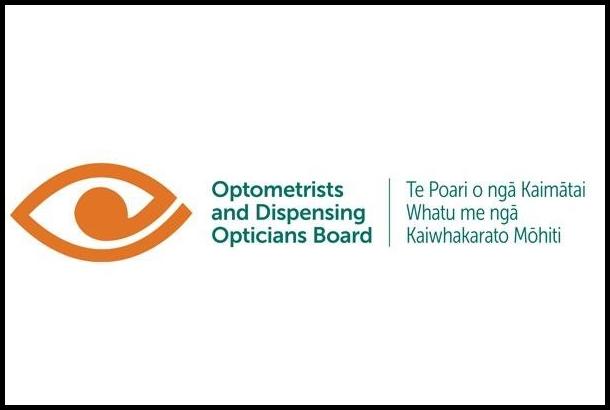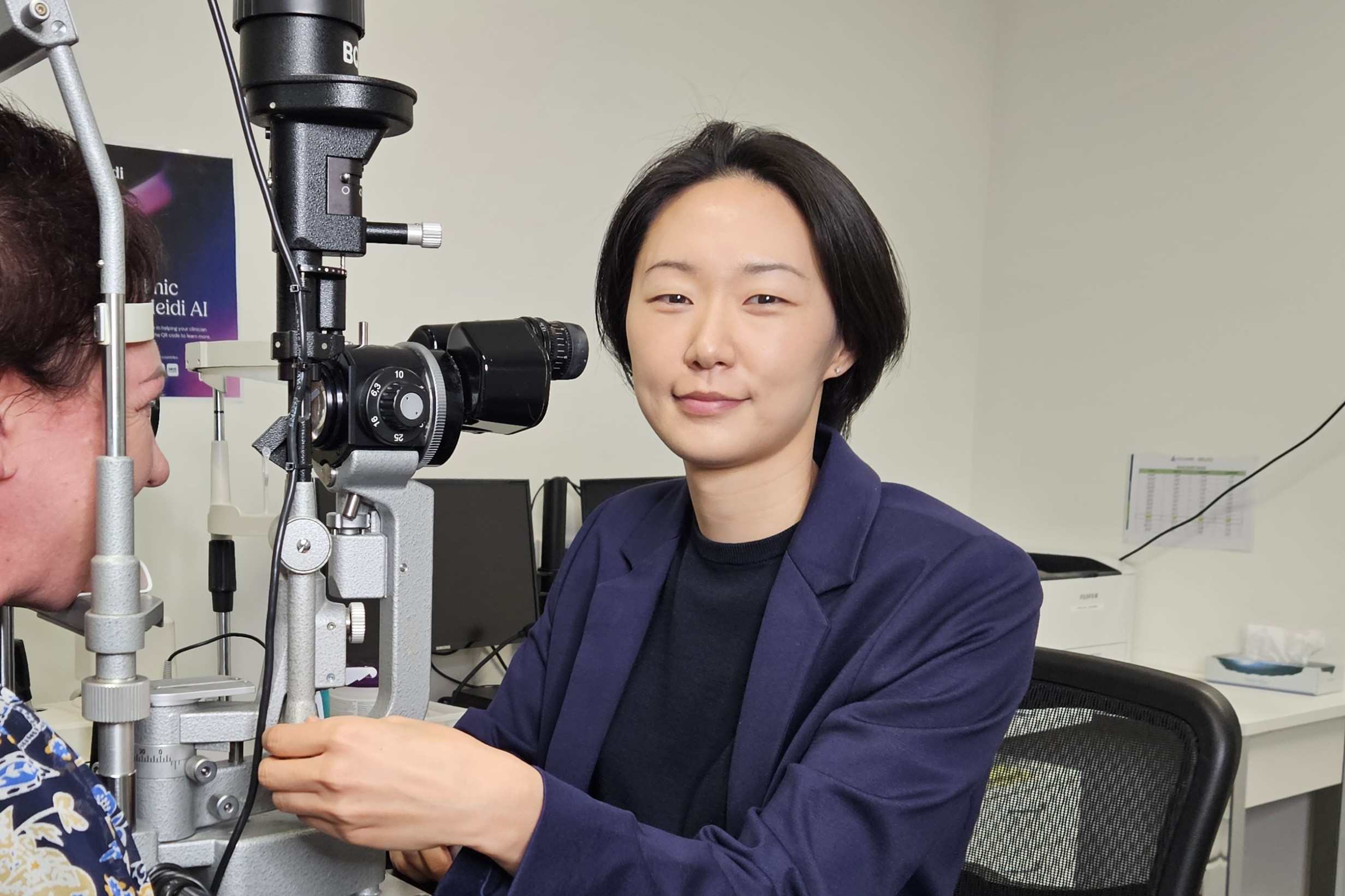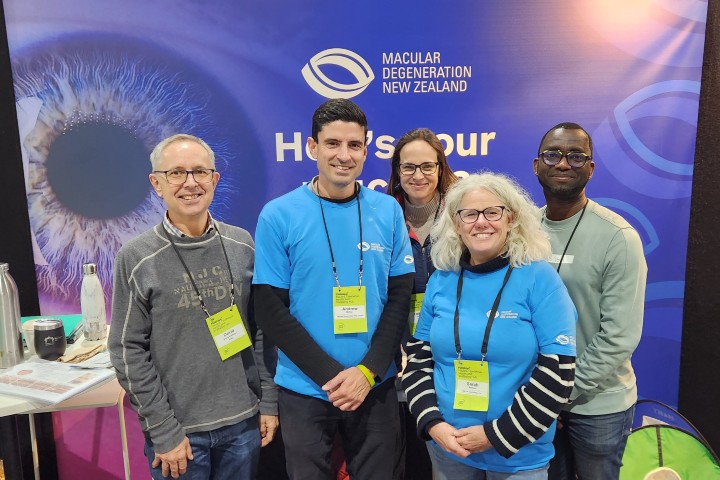Rosah: new eye disease identified
Sydney-based researcher Professor Robyn Jamieson, in collaboration with researchers in the US and the Netherlands, has identified a new syndrome slowly sending an entire Australian family blind and impacting four other families around the world.
Head of the Eye Genetics Unit at Sydney’s Children’s Medical Research Institute, Prof Jamieson first met the White family in 2004 when mum, Beth, came to her about vision loss. Four years ago, Beth’s three young children were also showing signs of vision loss as well as other symptoms, she said. “I had seen the family, and we knew Beth had retinal dystrophy, but she also had these other unusual symptoms, including fever and headaches and issues in the optic nerve. We suspected there was a novel gene involved because of the unusual features.’’
Prof Jamieson started speaking to researchers around the world and so far five families have been identified in Australia, the US and the Netherlands with the same symptoms. “It turned out it did sound like they had the same condition and we ended up finding the same variant in the same gene,’’ said Prof Jamieson.
The gene where they found the variant is called ALPK1 and the new condition has been named Rosah syndrome. “My lab also did the work looking at the expression of the gene and our latest, results suggest it is involved in signalling pathways of cells, with a likely role in inflammation,” she added.
Beth White, who started to lose her vision as a teenager, wants her children to have a different life. “Living with a visual impairment every day is hard work and I don’t want that for my kids,’’ she said. “Even if we could stabilise their vision; if they could hold on to what they have now, it would be a miracle. Hope is everything, knowing there are people out there interested means the world to us.’’
Prof Jamieson said discovering the syndrome supported what the family had been saying for many years. “The families have experienced many years of doctors not knowing what was happening, so this gives understanding for everyone. Now the families and their doctors know it is a syndrome other people have as well. It also means there is the prospect of developing a genetic or other therapy, as we are able to do more investigation of the function of the gene. This could present an opportunity to think about a potential treatment. It certainly creates hope.’’
Prof Robyn Jamieson’s research into Rosah was published in Genetics in Medicine.





